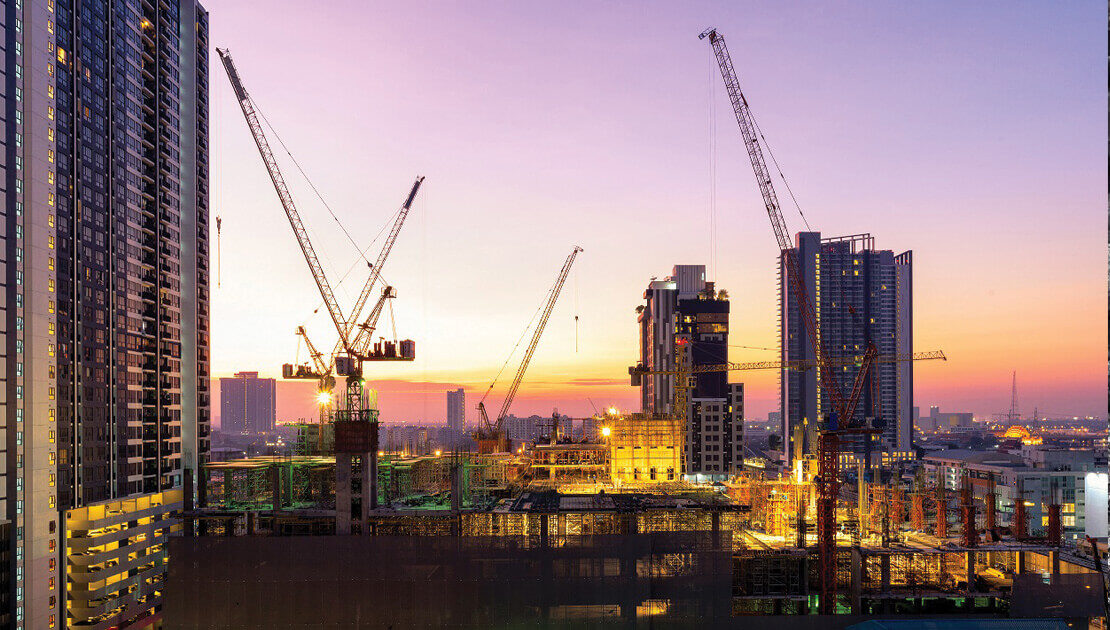
Malaysia needs to spend up to RM500bil on infrastructure development
KUALA LUMPUR: Malaysia needs to put in about RM450 billion to RM500 billion for infrastructure investments, with a big chunk going towards renewable energy and green infrastructure.
Of the amount, about 10-20 per cent or RM30 billion to RM40 billion should go into upgrading the grid for renewable energy generation in order to achieve the country’s target, said Blueleaf Energy chief executive officer Raghuram Natarajan.
“What Malaysia has is a very robust market mechanism in terms of business, with high investor confidence towards attracting capital in the market.
“It’s very liquid and probably one of the long standing bond markets in the region as well towards attracting investors. Tenaga Nasional Bhd’s large scale solar programme has been a big catalyst in updating the country’s renewable energy on a big scale,” said Raghuram.
He was part of a panel at Invest Malaysia KL 2021 webinar on "Rebuilding A Sustainable Economy Series 4: Renewable Energy - Decarbonising Malaysia" on Tuesday.
Malaysia is focusing on power generation plan with a target of 31 per cent renewable energy in its installed capacity in 2025 and 40 per cent in 2035.
With these targets, the carbon emission intensity from the power sector is set to be reduced by 45 per cent in 2030, and a further 60 per cent in 2035 compared to the 2005 level, in line with Malaysia’s Nationally Determined Contributions (NDCs) targets under the Paris Climate Agreement.
According to Raghuram, solar is expected to play the biggest role in Malaysia’s renewable energy as it has taken up a bulk of investments in multiple segments across the market.
He said as the demand and production of electric vehicles goes up, the cost of renewable energy would go down. This presents an opportunity for not just Malaysia, but other countries in the region to ramp up renewable energy generation.
“Most markets around the world are moving away from the feed-in tariff subsidy-driven mechanism to a fair market mechanism, and renewables are at a price point where it is commercially competitive.
“As long as we are able to create a level playing field and a fair market mechanism, renewables can really be able to compete in most of the markets that we’re active in,” he added.
While Malaysia had issues with renewable energy due to factors such as lack of a coordinated approach, increasing commitments will see a great momentum in terms of sustainable goals for the nation.
“What is also important as we migrate from a subsidy-driven market to more of a capacity-driven market, having stronger regulations and policies and putting up the right framework to attract investor confidence are important elements.”
He said upgrading the grid requires advanced planning and should be done before renewables start coming in.
This would also help attract investments in the infrastructure so it would be able to accommodate the incoming renewables.
“Moving further as renewables become more mainstream in terms of energy mix, it is important to make sure we are also creating a robust market liberalisation framework to create a fair market mechanism and make sure we are really attracting private investors to participate in the market and being able to increase capacity at a rapid pace.
“We need to make sure we are active and more coordinated to drive investments, and attract investors to the market,” he added.

No Comments